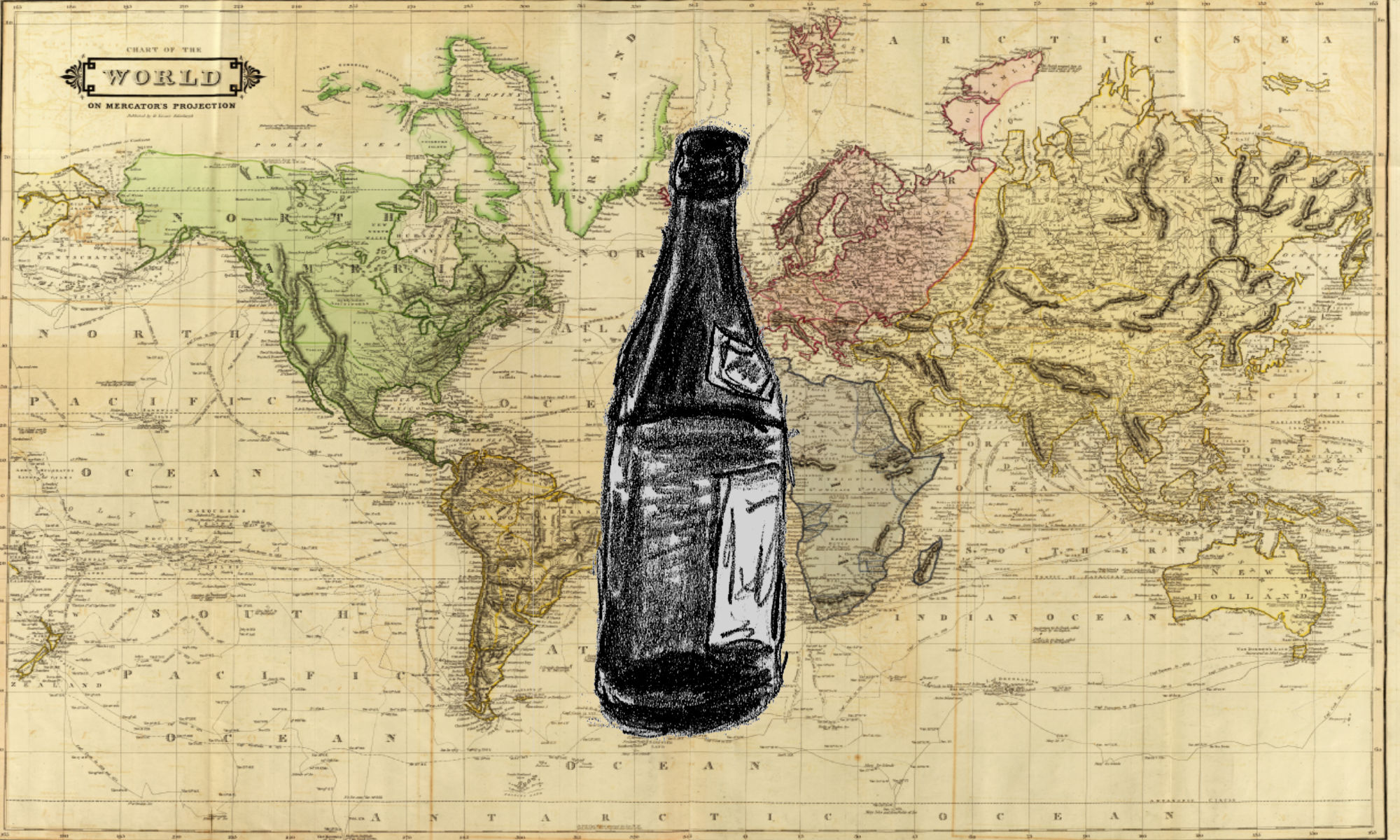Japan and sake go way, way back. So far back that the origins of sake are a bit vague, fading and disintegrating into dust as the records get older. A 3rd century Chinese text, “Records of the Three Kingdoms” refers to the Japanese as drinking something like it and dancing. It wasn’t until the 16th century that knowledge of distillation came to Japan and the drink known as “Imo-sake” started being made by monks in temples around Kyoto. With that in mind, I headed to an unbelievably tiny restaurant in Kyoto, praised for the sashimi made nightly there by the smiling old couple who own the place.

I’m a big fan of hot sake. The warmth spreading from your mouth up into your face and then languidly out along your limbs on a chilly evening is bliss. It has a smooth, slightly nutty aroma and taste that gently reminds you of the rice it’s fermented from. But on this particular evening I’m told by the old man that “Hot sake means not good. Cold means good.” In the spirit of imbibing as the locals do, I sample the chilled sake and find that when served cold there is simply less of the flavors that I prefer. They’re still there, but tamed down a bit by the cold. Also, while the rainy chill in the air is taken away a little by the drink, tasted from the unbelievably cute tiny cups it is poured into, I find that served warm it’s a more powerful weapon against the wintry weather.
The sake business in Japan took a pounding during World War II from rice shortages and the introduction of beers and western liquors, the sexy newcomers to the party. Sake’s popularity has steadily declined in Japan ever since, with fewer and fewer brewers in operation every year. Along with a growing fascination with things western, the Japanese seem to have lost interest in this drink as old as their nation. Strangely though the popularity has been increasing throughout most of the rest of the world, where sake is brewed and enjoyed more and more every year.
“Nihonshu no Hi,” Japan’s official World Sake Day, is October 1 every year, which is a perfect time of year to enjoy a sip of this smooth, warming brew. If you haven’t tried it, give it a taste, both chilled and warm. See what you prefer. Write a haiku and say a thank you to those monks of Japan’s ancient past who pioneered this tasty drink and danced the night away.


